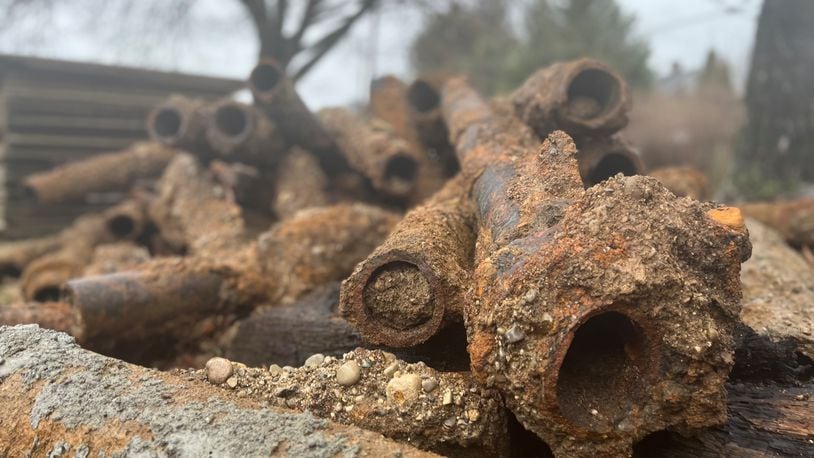Here are five things to know about the issue:
1. Addressing lead pipes: A proposed strengthening of the federal Lead and Copper Rule could require public water systems to identify and replace every lead line in their communities, even lines connecting to homes that historically were the responsibility of property owners.
2. A massive undertaking: The Dayton area contains hundreds of known lead service lines and thousands more that may contain lead and would need to be tested under the proposed rules. Reporter Sydney Dawes looked into how the rule will impact local residents.
3. Dayton’s ask: As part of this effort, the city of Dayton is asking residents and property owners to do a scratch test or use a magnet to figure out if their service lines are lead, copper, galvanized steel or plastic.
4. Local children tested: A national study found Ohio children have elevated levels of lead in their blood at more than two times the national rate. Blood testing has found elevated lead levels in hundreds of children in the Miami Valley. Here’s what local health departments are (and aren’t) doing about it.
5. Other efforts: We recently reported that Ohio is allocating more than $84 million in American Rescue Plan Act funds for communities to use for lead abatement for homes, daycares and congregate care shelters.
About the Author
